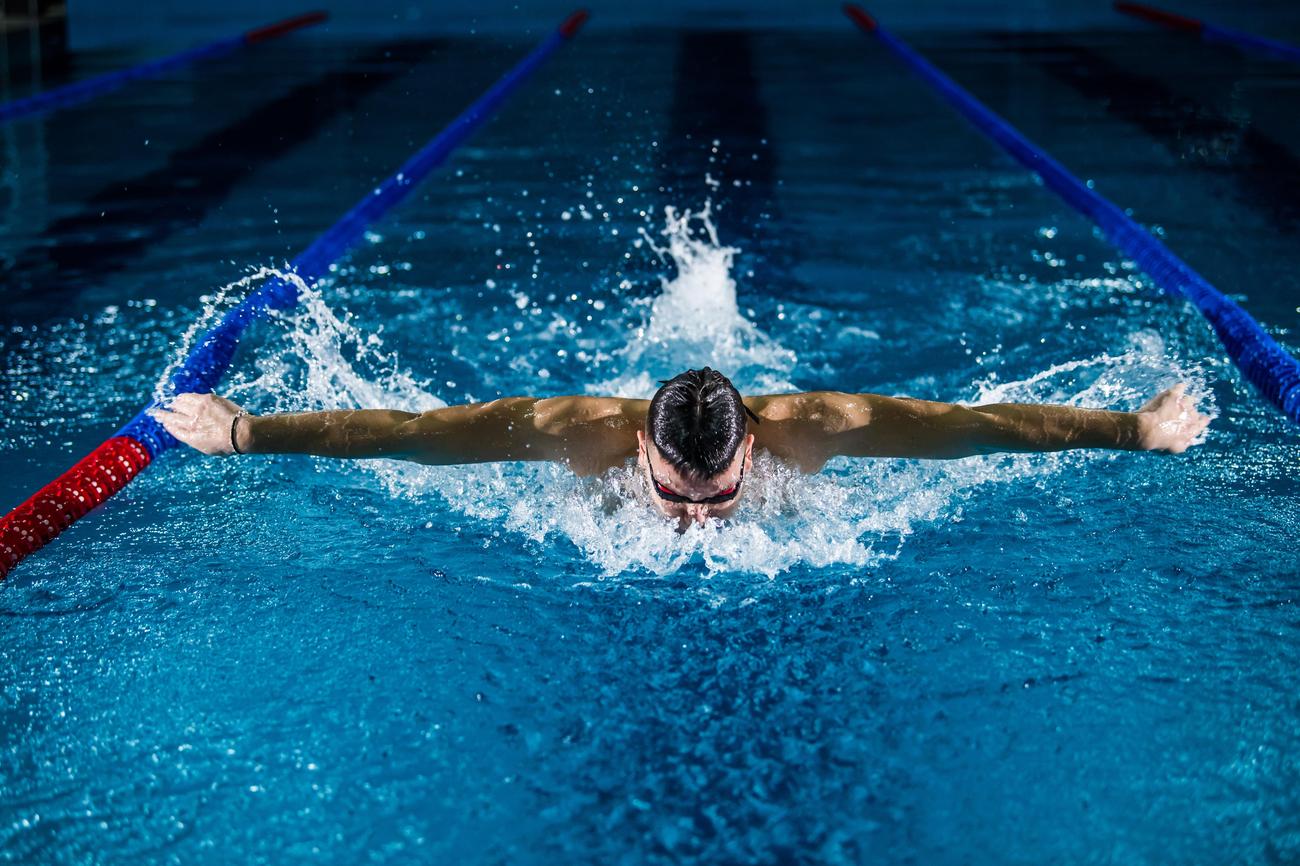Step into the watery depths of history as we dive headfirst into the fascinating world of swimming. In this captivating article titled “The Fascinating History of Swimming: Unearthing Key Milestones and Notable Figures,” we will explore the evolution of this beloved activity and competitive sport, unearthing a treasure trove of facts about its past. As a seasoned sports journalist with a keen eye for detail and a passion for uncovering captivating narratives, I invite you to join me on this journey through time to discover the key milestones and remarkable figures who have shaped swimming into the global phenomenon it is today.

Facts About Swimming History
Swimming is a timeless activity that has been enjoyed by people all over the world for centuries. From its early origins in Ancient Egypt to its recognition as a competitive sport in the modern Olympic Games, swimming has a fascinating history that is worth exploring. In this article, we will delve into the key milestones and notable figures that have shaped the sport of swimming.
1. Ancient Origins
Swimming has a rich history that traces back thousands of years. In fact, the earliest evidence of swimming dates back to 2500 BC in Ancient Egypt, where drawings of swimmers can be found in ancient cave paintings. The Egyptians viewed swimming as an important skill for their daily lives, as the Nile River played a significant role in their civilization. Swimming was not only a means of transportation but also a recreational activity.
2. Ancient Greeks and Romans
The Ancient Greeks and Romans also recognized the value of swimming. They incorporated swimming into their daily lives by using it for bathing, exercise, and recreation. The Greeks believed that swimming was an essential part of physical education and included it in their Olympic Games. The Romans, on the other hand, built grand public baths that served as social gathering places where people could swim and relax.
3. Evolution into a Competitive Sport
Swimming as a competitive sport began to take shape in the early 19th century. In the 1830s, the National Swimming Society was formed in Britain, marking the formalization of swimming as a sport. Initially, swimming races were held in open water, including rivers and lakes. As the sport gained popularity, dedicated swimming pools were constructed for competitive events.
4. Introduction to the Olympics
Swimming made its debut at the modern Olympic Games in 1896 in Athens, Greece. Initially, swimming events were limited to men, with freestyle being one of the categories. It wasn’t until 1912 that women were able to participate in swimming events at the Olympics. Since then, swimming has become one of the most prominent and anticipated sports in the Olympic Games, capturing the attention of millions around the world.
5. Evolution of Swimming Strokes
Swimming has evolved significantly over time, with the development of various swimming strokes and techniques. One key milestone in the history of swimming is the introduction of the modern freestyle stroke by Richard Cavill in 1902. Inspired by the native crawl of the Pacific islands, this stroke revolutionized competitive swimming. Other popular swimming strokes include breaststroke, backstroke, and butterfly, each with its own distinct technique and style.
6. Physical and Mental Benefits
Swimming is not only a competitive sport but also a recreational activity that offers numerous physical and mental benefits. Competitive swimmers undergo rigorous training, swimming an average of 6 to 12 miles per day in preparation for competitions. This intense workout strengthens the muscles, improves cardiovascular health, and increases overall endurance. Swimming also provides a low-impact workout, making it an ideal exercise for individuals with physical limitations.
7. Therapeutic Qualities
In addition to its physical benefits, swimming also has therapeutic qualities. It can be a therapeutic exercise for physically handicapped individuals, as the buoyancy of water reduces the impact on joints and muscles, allowing for greater mobility and freedom of movement. Swimming has been proven to be effective in improving muscle strength, joint flexibility, and overall well-being.
Swimming has a long and captivating history, filled with key milestones and notable figures that have shaped the sport. From its ancient origins to its recognition as a competitive sport and its therapeutic qualities, swimming continues to capture the hearts of people worldwide. So, the next time you dive into a pool or venture into open water, remember the rich history that lies beneath the surface.
“Swimming has a timeless allure that has captivated civilizations throughout history. From the Ancient Egyptians and Greeks to the formation of competitive swimming societies and its debut in the modern Olympic Games, the evolution of this beloved sport is a testament to its enduring popularity and the human fascination with the water.”
Swimming is not just a recreational activity; it’s a whole new world waiting to be explored. Dive into the amazing world of swimming and uncover its many wonders. From the incredible health benefits to its rich history, there are so many fascinating facts about swimming that you might not know. If you’re curious to learn more, check out our comprehensive guide on the 14 facts about swimming. Trust us, you won’t be able to resist clicking this link and diving into the depths of this captivating subject.

FAQ
Q: When did swimming first originate?
A: Swimming has a long history, dating back to 2500 BC in Ancient Egypt.
Q: How did swimming evolve as a sport?
A: In ancient times, swimming was used for bathing, exercise, and recreation by the Greeks and Romans. It later became a competitive sport in Britain with the formation of the National Swimming Society in the 1830s.
Q: When was swimming introduced to the Olympics?
A: Swimming was introduced to the Olympics in 1896 as a men’s sport, with freestyle as one of the categories.
Q: What are some key milestones in the history of swimming?
A: Richard Cavill introduced the modern freestyle stroke in 1902, and women joined swimming events in the Olympic games in 1912. Swimming has also evolved to include various styles and events.
Q: What physical and mental benefits does swimming offer?
A: Swimming is both a competitive and recreational activity, offering physical and mental benefits. It is a therapeutic exercise for physically handicapped individuals and competitive swimmers swim an average of 6 to 12 miles per day in preparation for competitions.












